The Real Climb: Leadership as a Present-Moment Practice
“Climbing on blue!”
These were my words to my belay partner, Luca, each time I stepped into a new pitch during our ascent of the Inner Tower West in the northern Drakensberg. The terrain was unpredictable. Communication was our only safety net. Success hinged not on foresight but on how well we could adjust in the moment.
This climb revealed something I often see in organisations but rarely hear named: the inability of leadership teams to think in the present. Most equate strategy with planning. Few remain mentally available to adapt when the terrain shifts. But it is in the shifting that leadership must emerge.
Drawing on Wilfred Bion’s concept of "thoughts in search of a thinker" and Simpson & French’s (2006) articulation of negative capability in leadership, this article argues for a more honest practice: strategy as an unfolding process, requiring attention, reflection, and emotional containment.
Five Fault Lines: Where Leadership Often Slips
1. Clarity ≠ Control
Our instructor, Neil briefed us honestly: brittle rock, unreliable anchors, and uncertain paths. He didn’t guarantee success - he prepared us to be present.
In organisations, clarity should not create false certainty. It should prepare teams to engage, sense, and adapt.
2. Tools ≠ Thought
We relied on radios due to wind, but the tools didn’t do the thinking. We still had to stay attuned, receptive.
In organisations, dashboards and platforms often obscure the need for relational presence. Tools help - but cannot replace human thought.
3. Vulnerability = Intelligence
I had to name my fatigue during the climb. This honesty allowed us to recalibrate safely.
Strategic leadership requires emotional transparency. Naming discomfort is not weakness - it’s the foundation of collective intelligence.
4. Dialogue ≠ Delay
We checked in constantly, even when out of sight. These were not delays - they were alignment.
Dialogue keeps a strategy alive. When communication ceases, misalignment grows unnoticed until it’s too late.
5. Follow-through is the Strategy
After the summit, descent required just as much teamwork and attention.
Strategy doesn’t end at rollout. Execution is the strategy. It requires real-time engagement all the way through.
Negative Capability: The Missing Leadership Practice
What is often missing in organisational life is negative capability (Simpson & French, 2006): the ability to remain in uncertainty without rushing to solution. It is the discipline of staying with discomfort long enough for new thoughts to find their thinker.
Bion urged psychoanalysts to "eschew memory and desire" and attend only to what is. Leadership, similarly, must suspend preconceptions and endure the not-knowing. Strategy becomes less about executing a plan and more about making meaning in real time.
This is not passivity. It is a highly active containment of anxiety - a waiting with purpose, so that what is true can become known, and what is needed can be named.
Final Thought: Leadership as Presence
The question I now pose to leadership teams is this:
Are you thinking together in the present - or just executing an idea from the past?
Because success in volatile conditions doesn’t come from more planning. It comes from leaders who can remain emotionally available, think on behalf of the system, and act with clarity after understanding what is really going on.
Reference:
Simpson, P. & French, R. (2006) “Negative Capability and the Capacity to Think in the Present Moment” Leadership, 2(2): 245-255.
